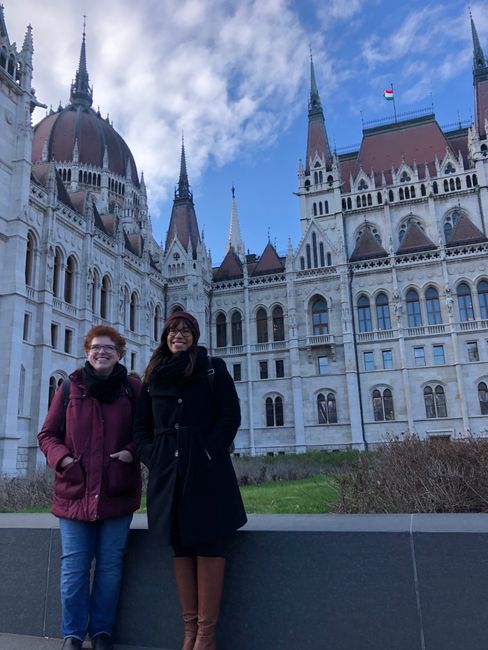Day 3
Hoʻopuka ʻia: 29.12.2019
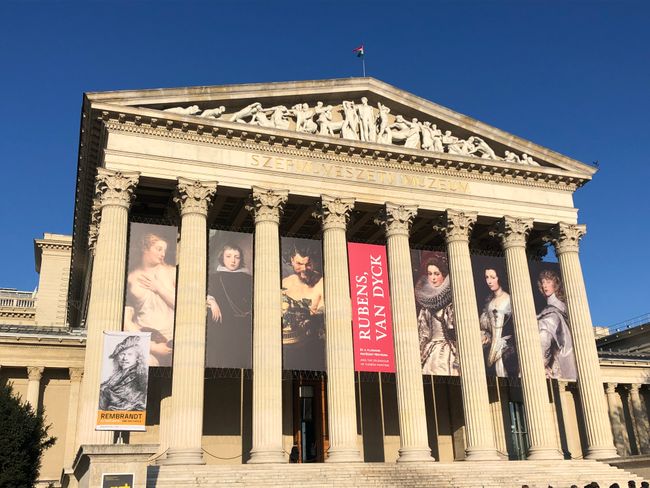
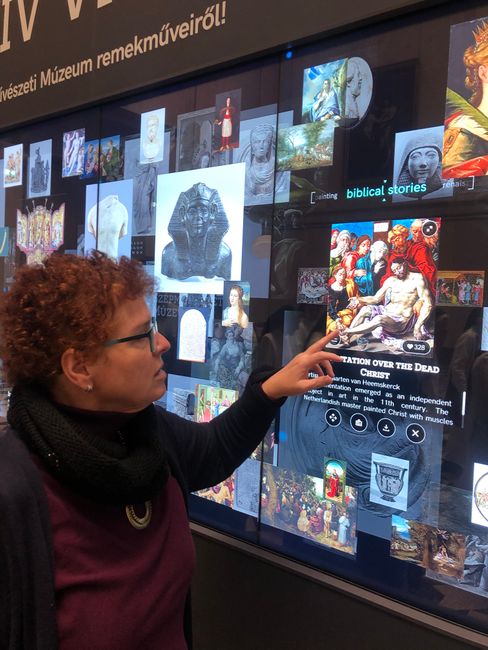
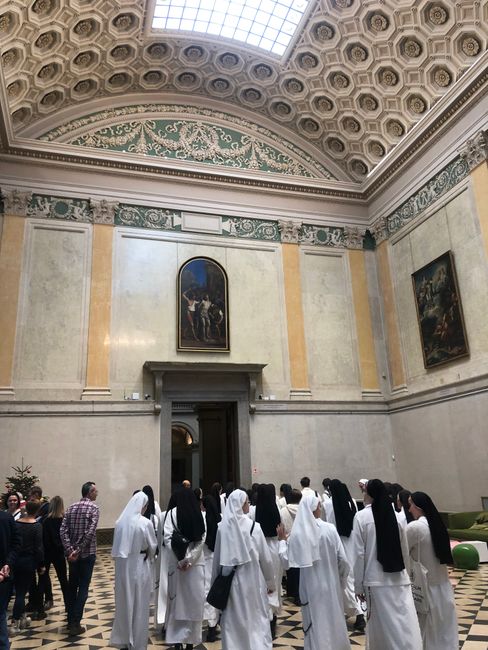
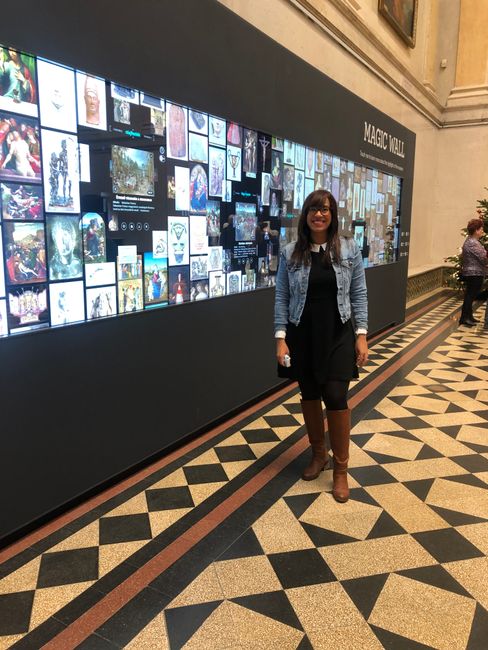
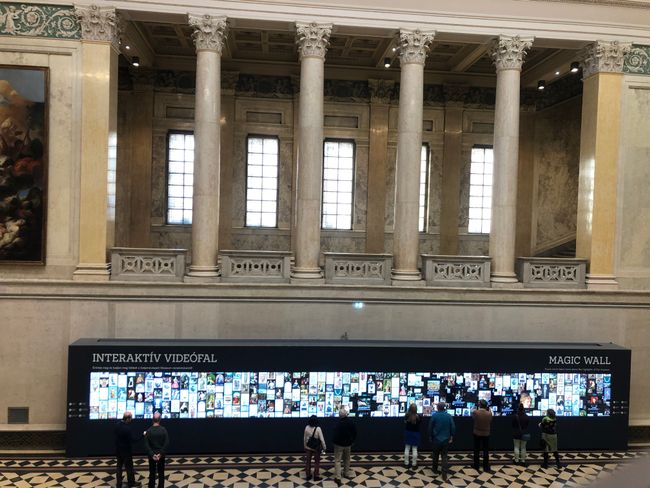
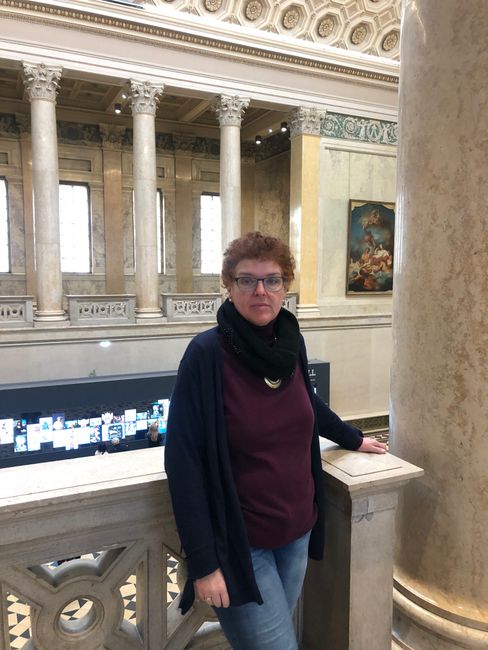
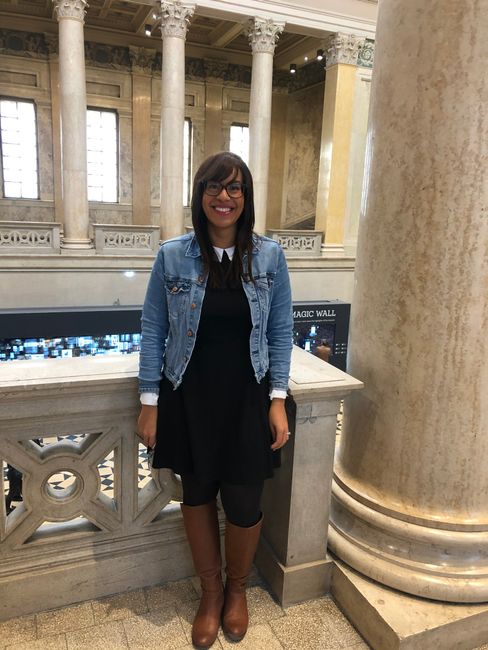
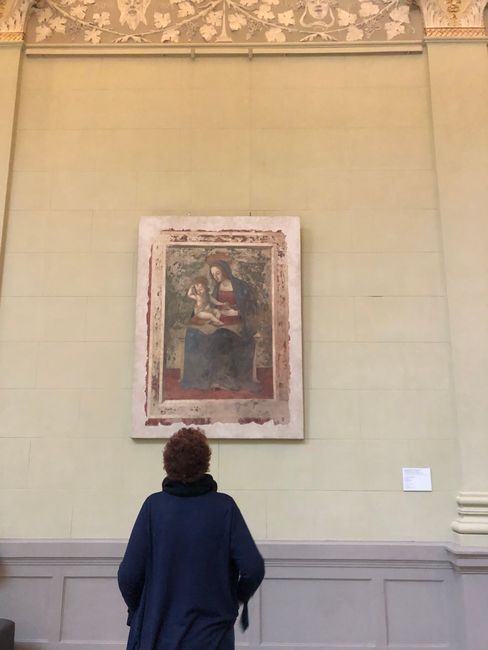
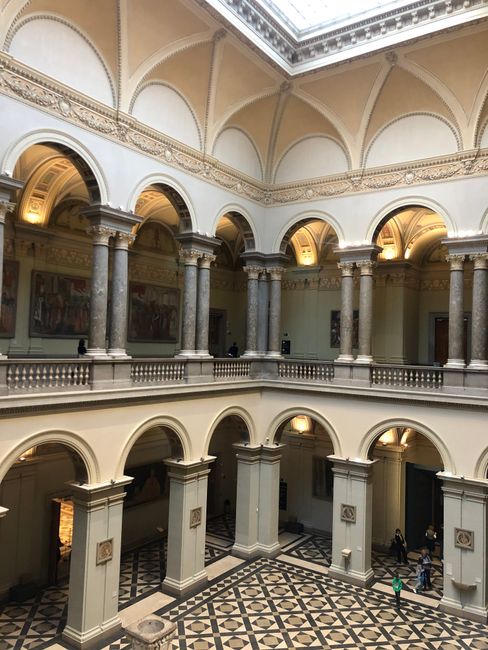
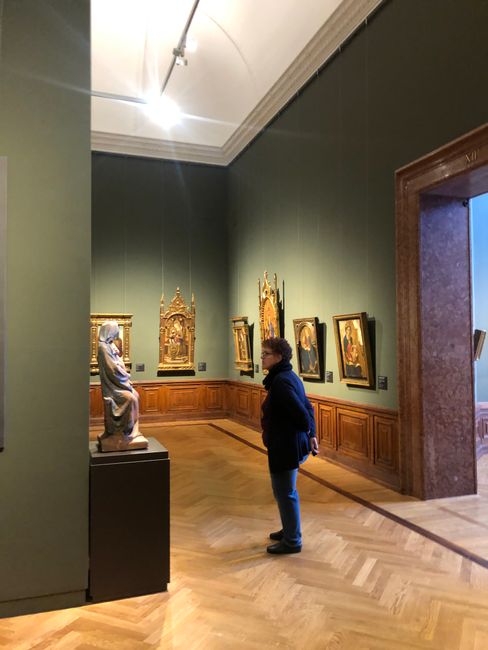
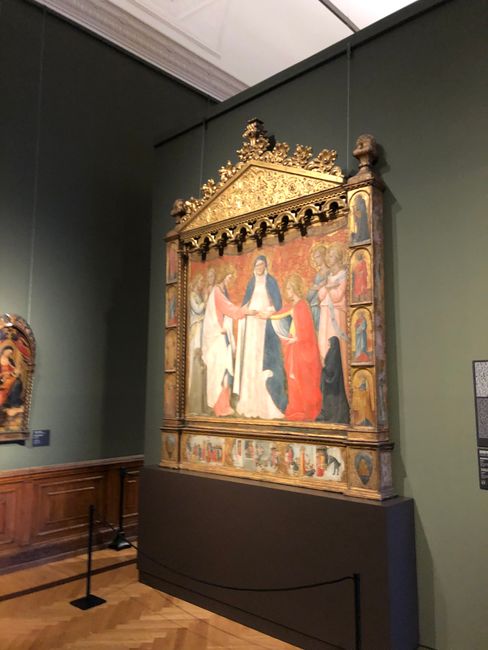
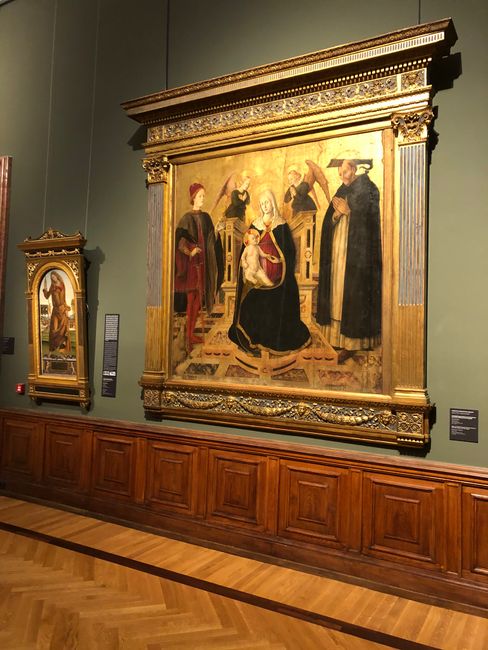
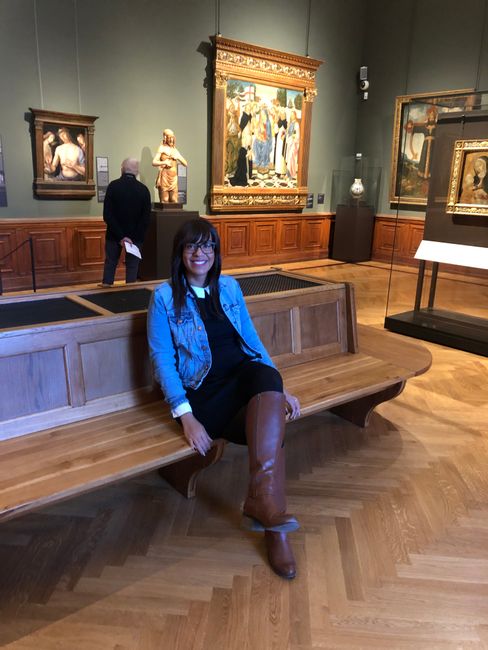
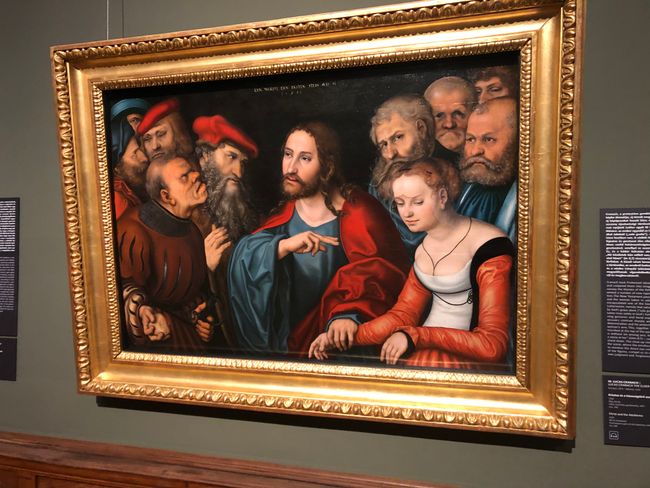
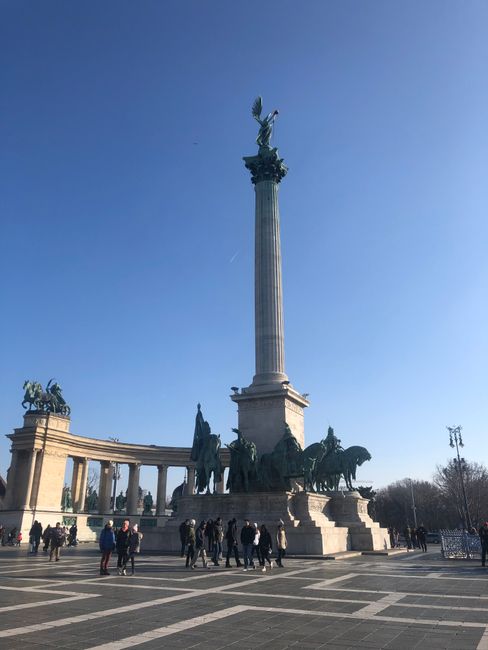
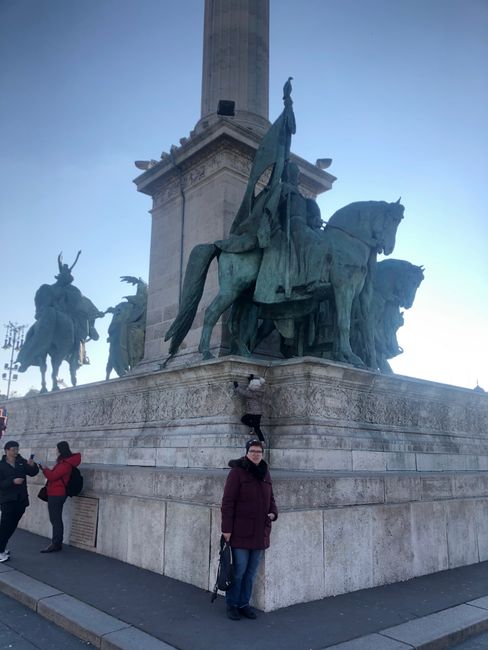
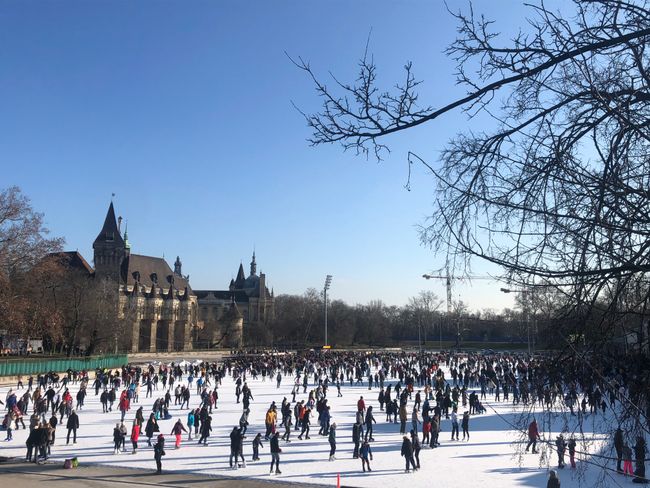
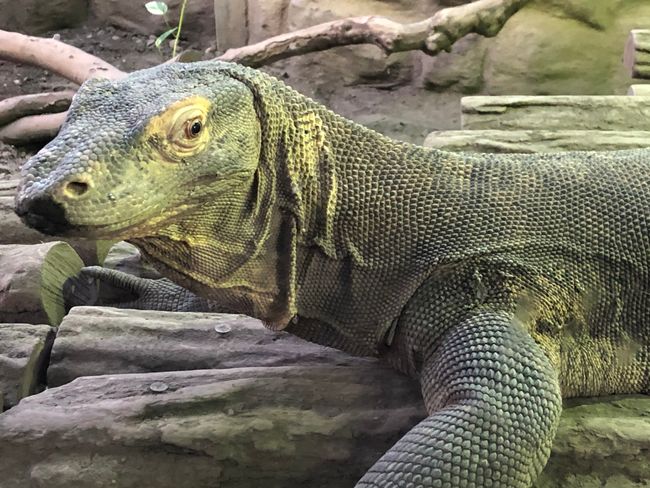
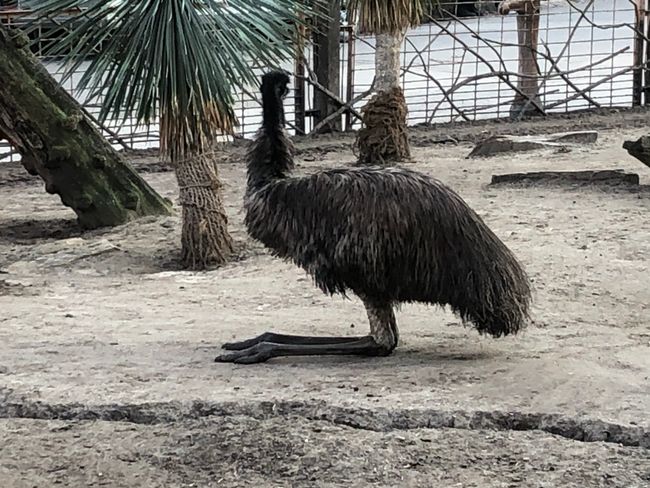
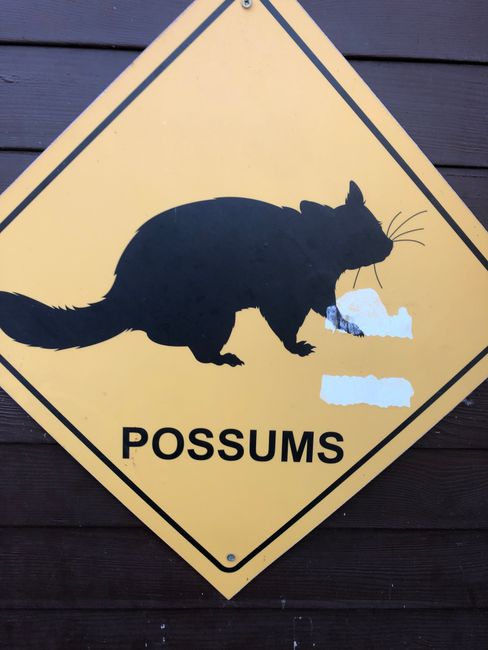
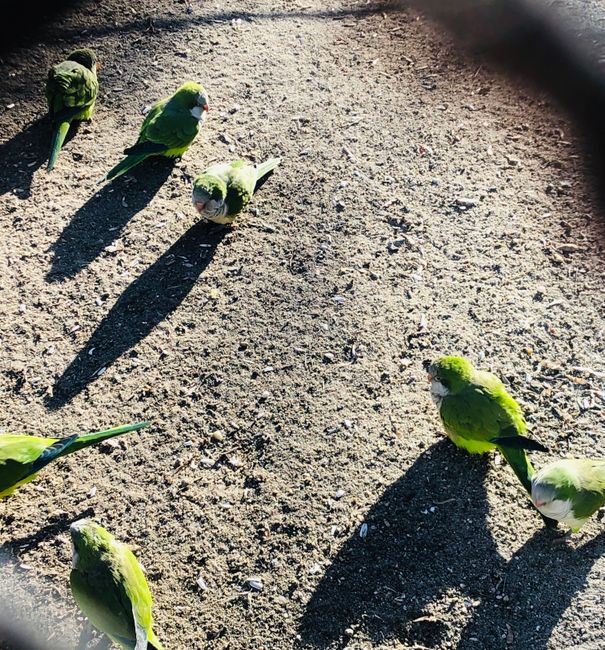
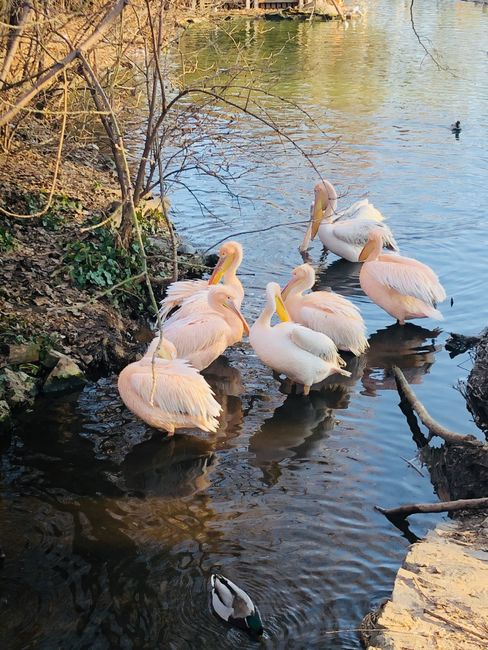
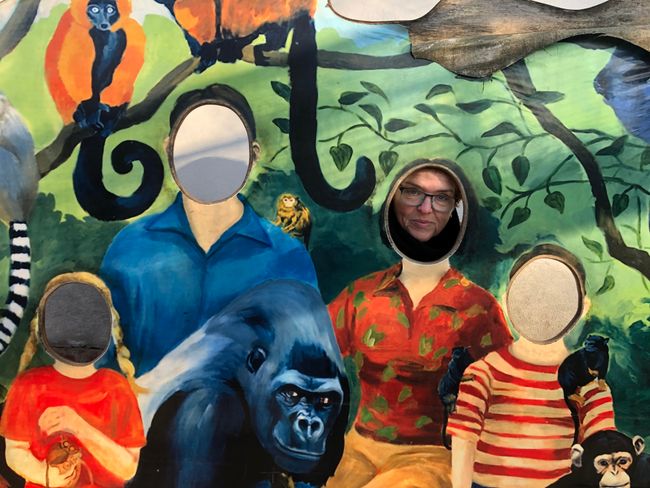
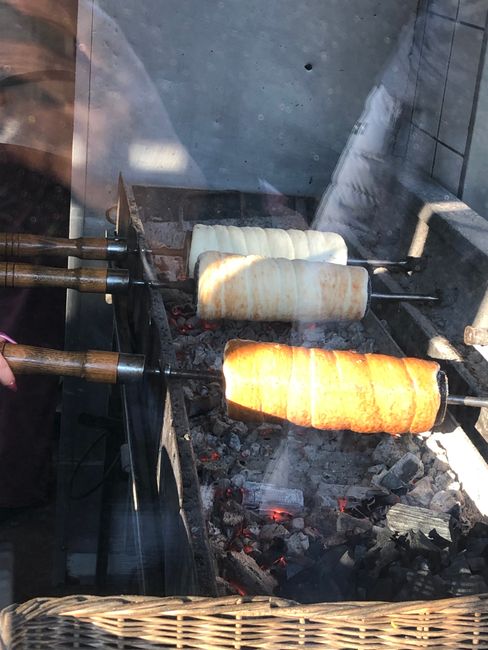
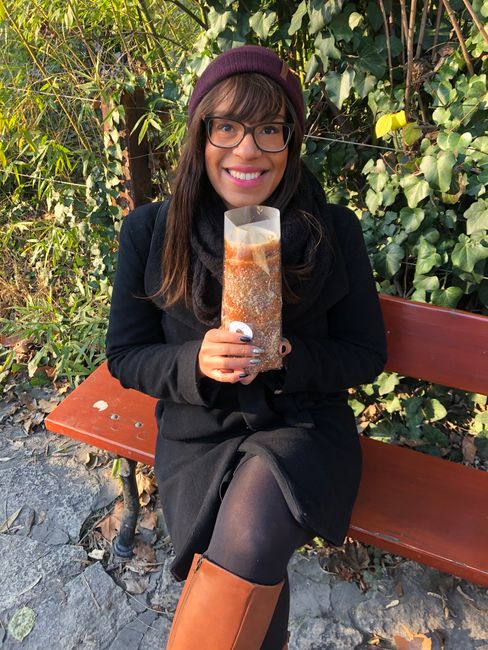
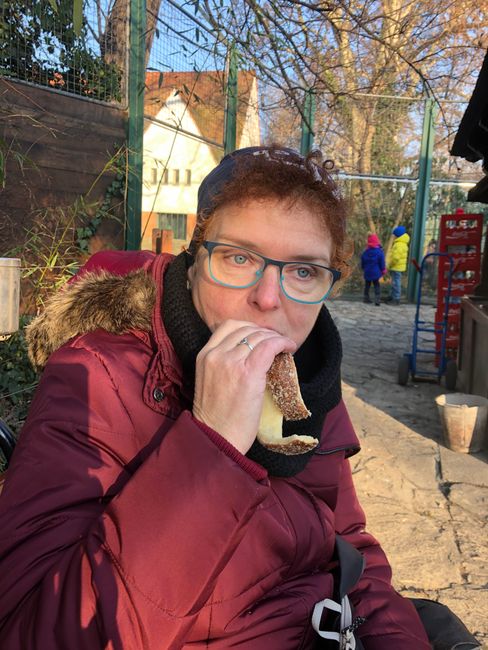
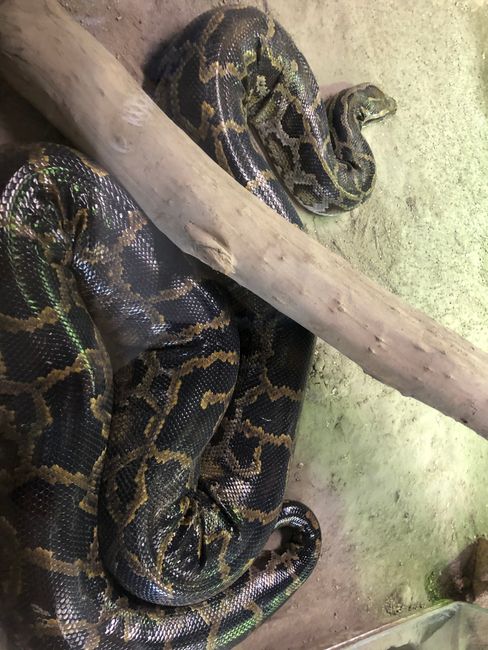
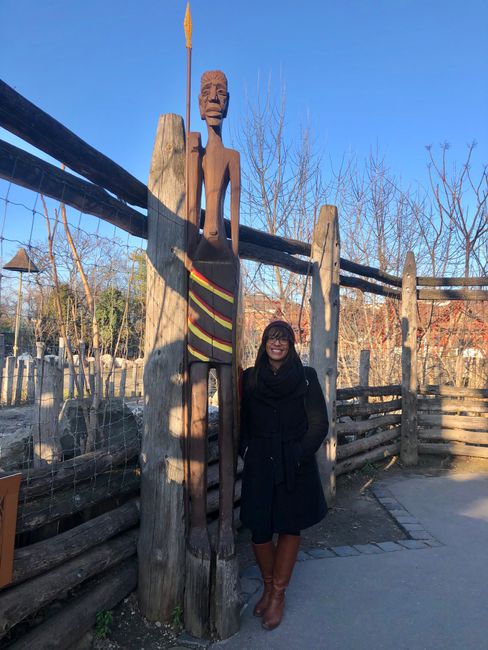
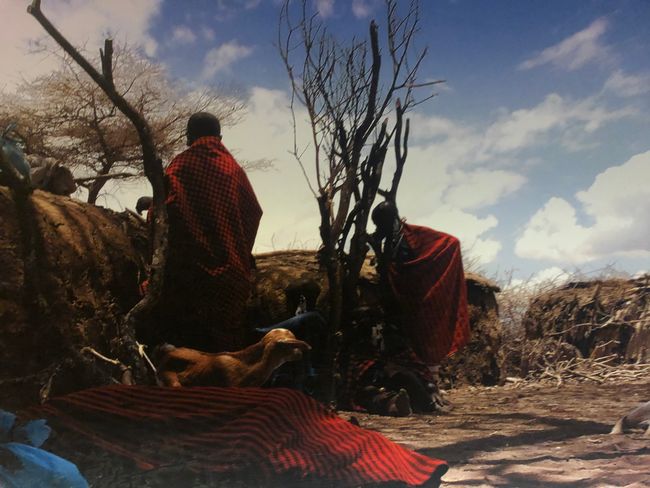


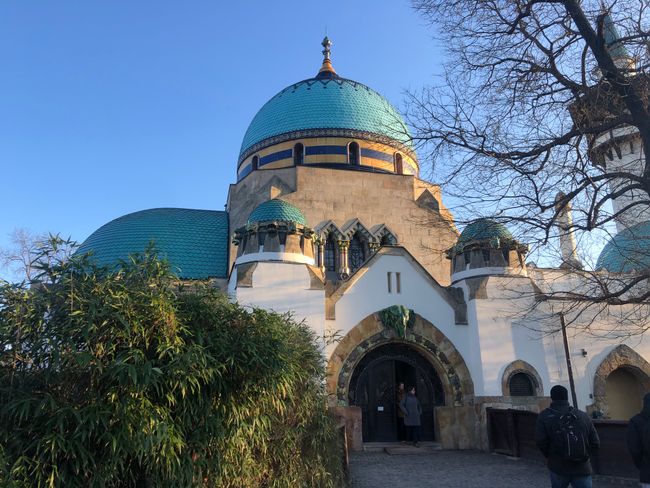
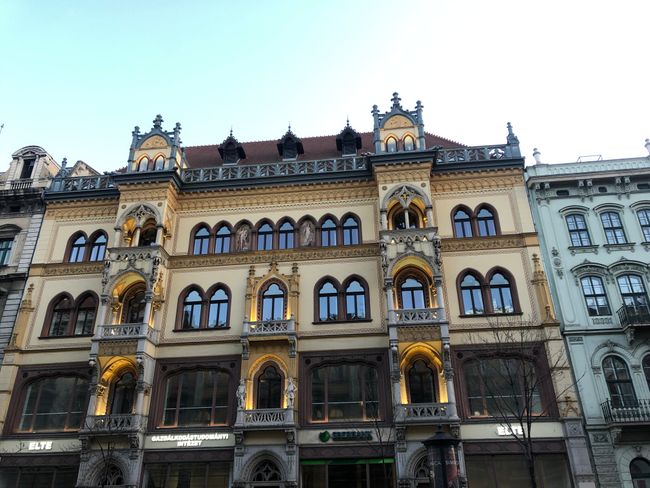

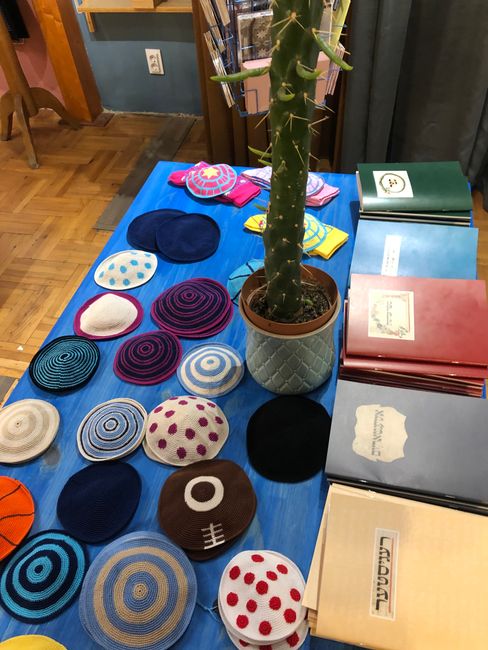
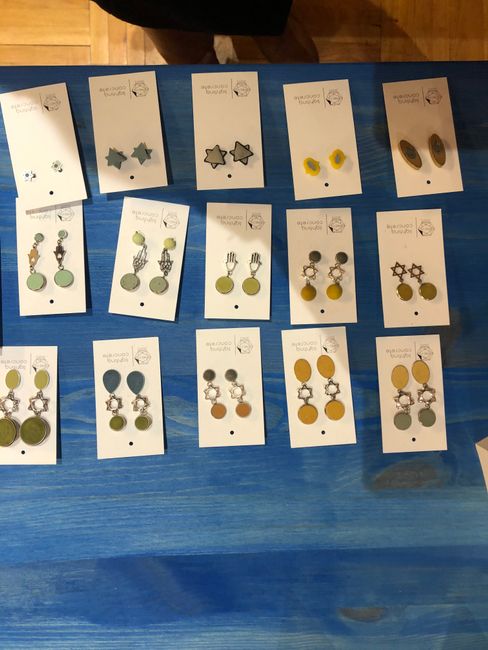
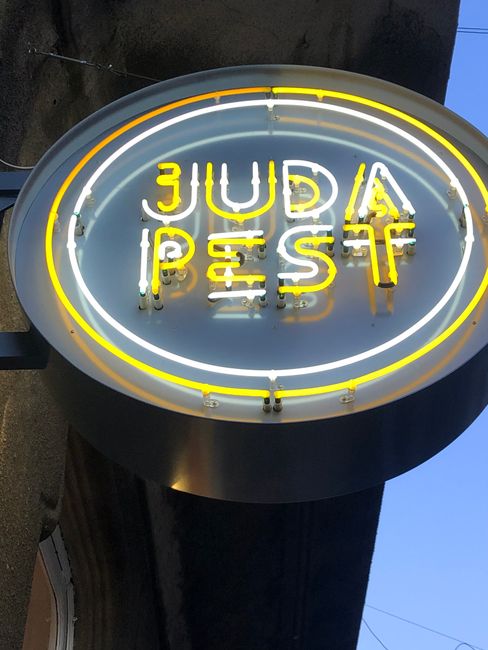
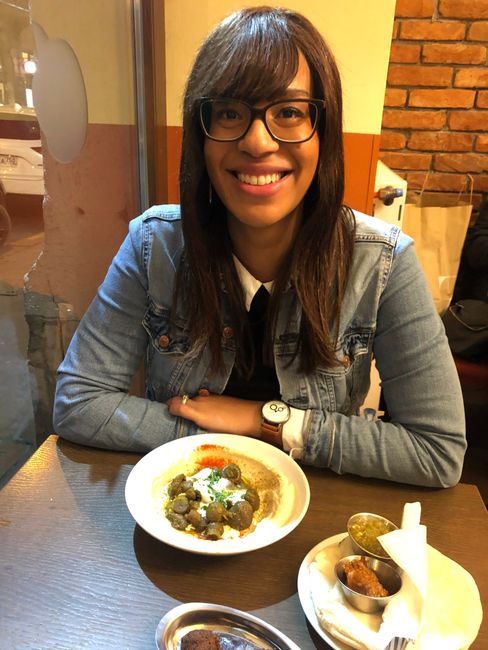
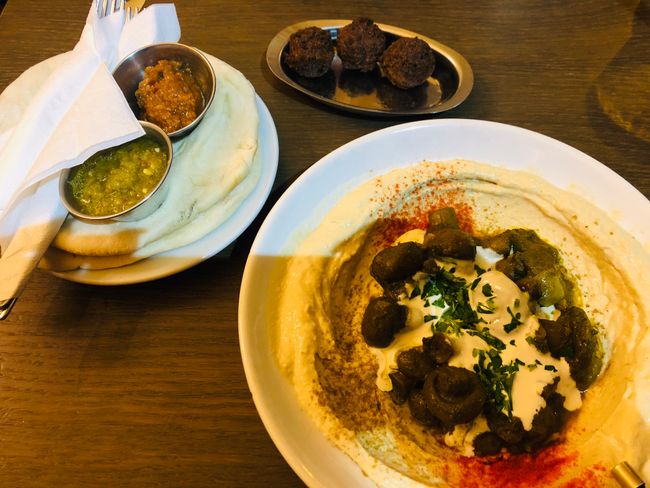
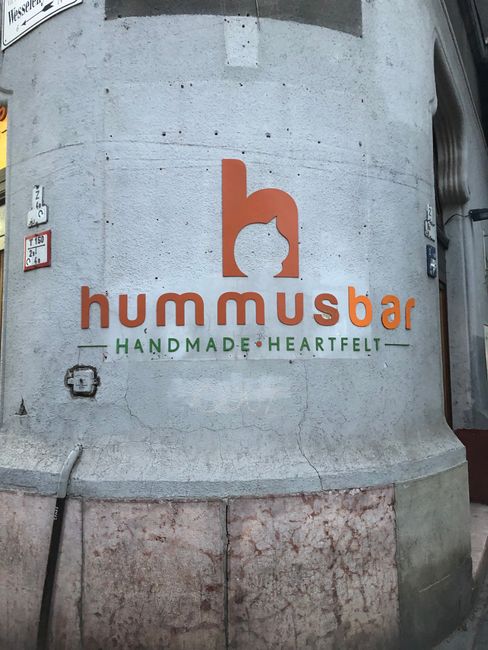
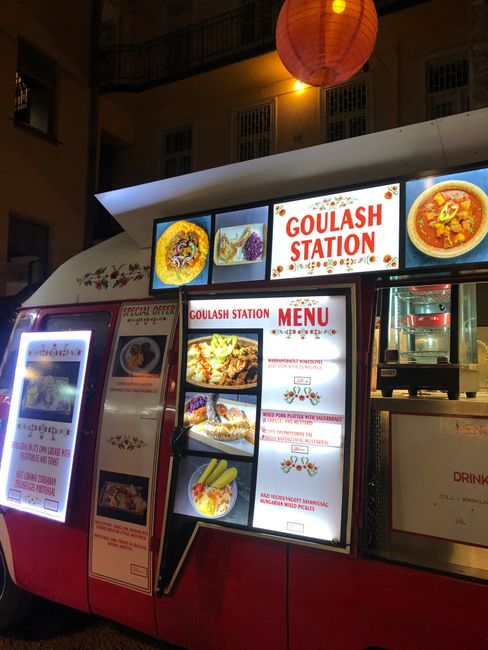
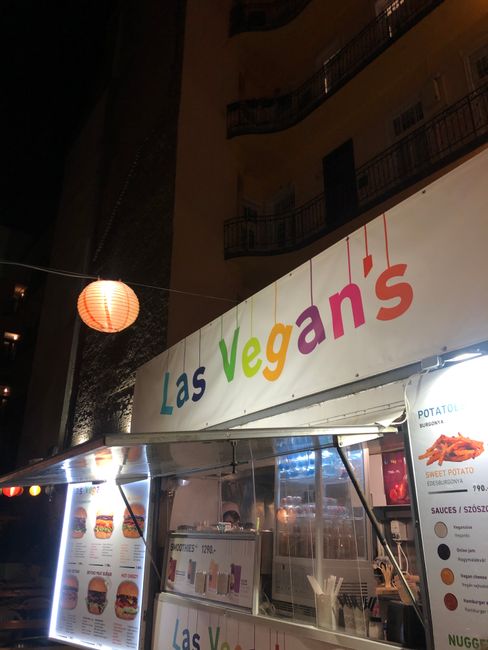
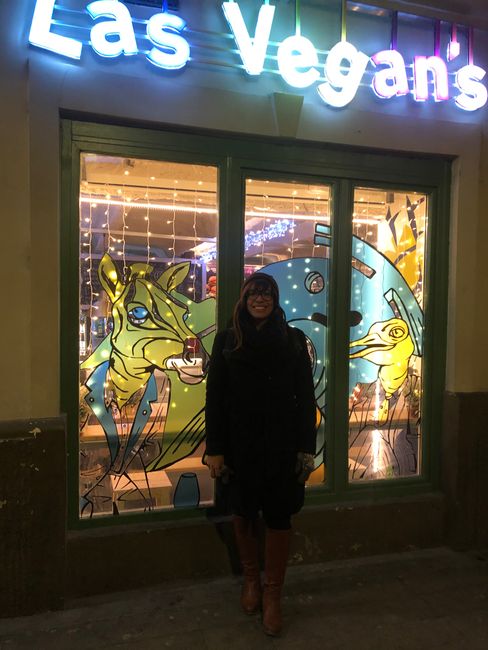
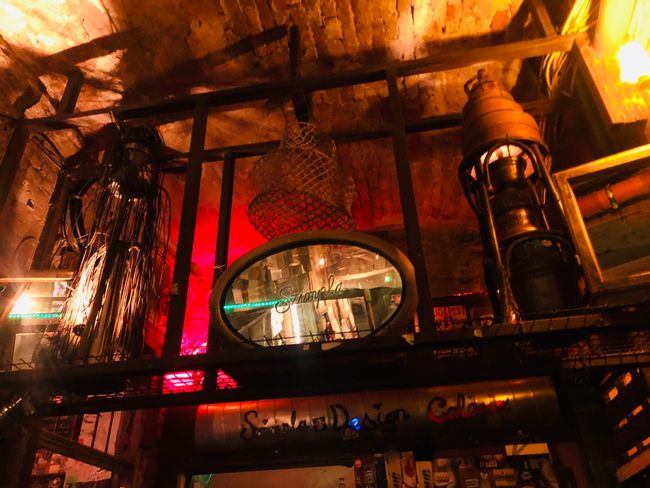
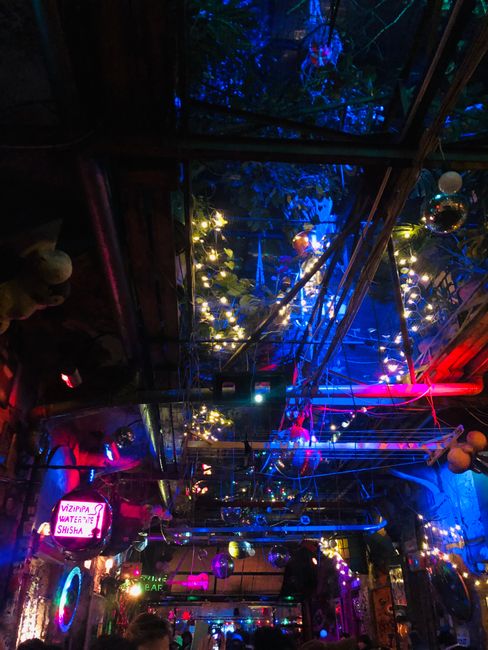
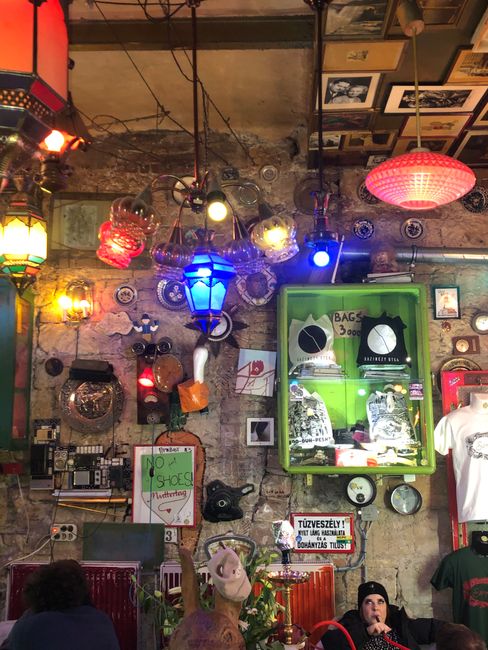
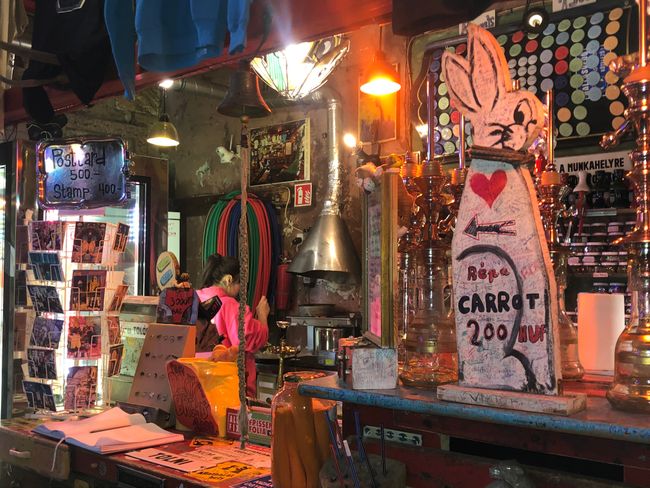
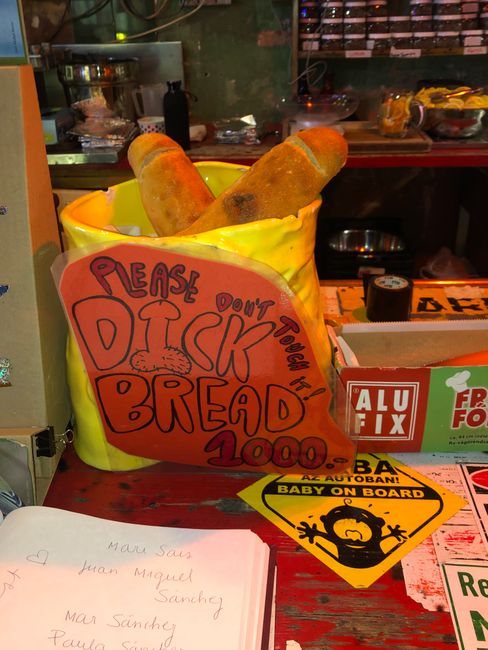
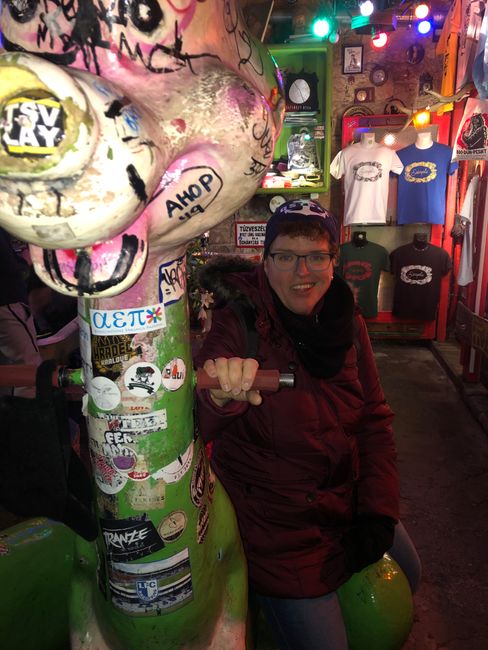
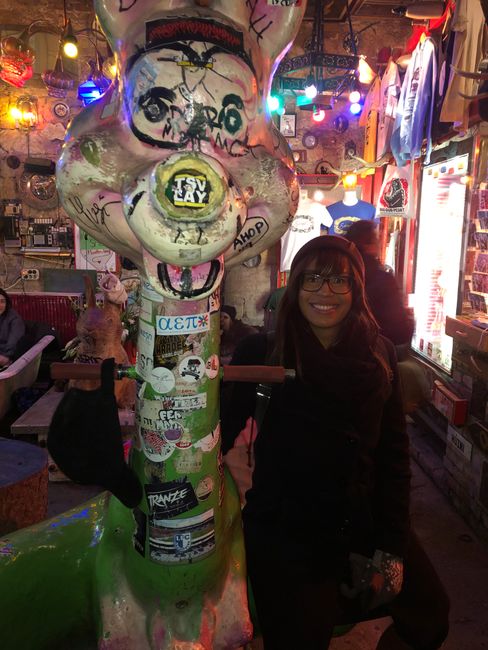
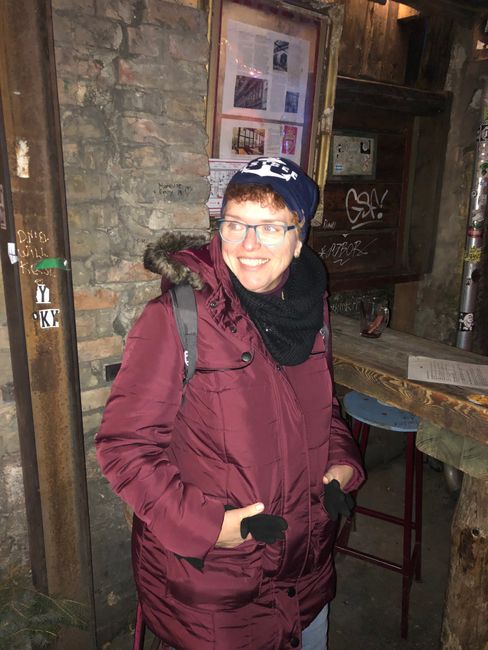
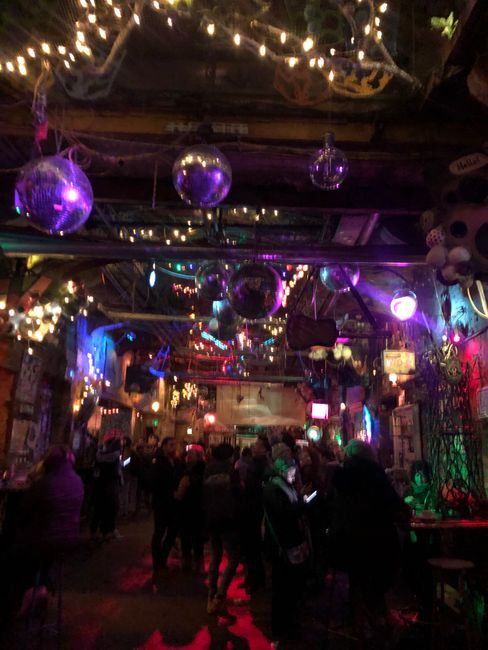
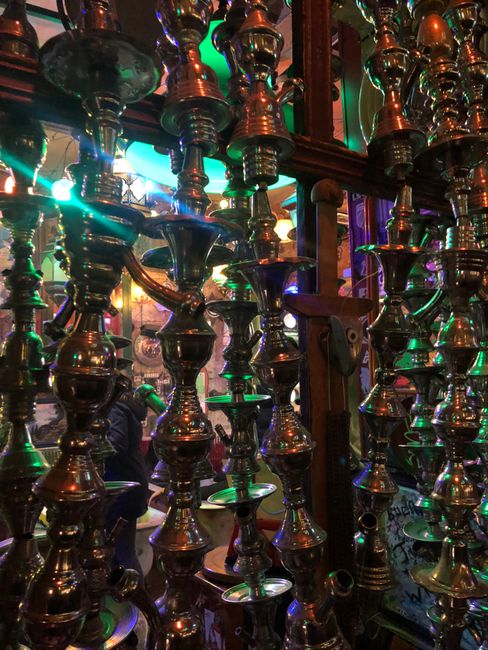
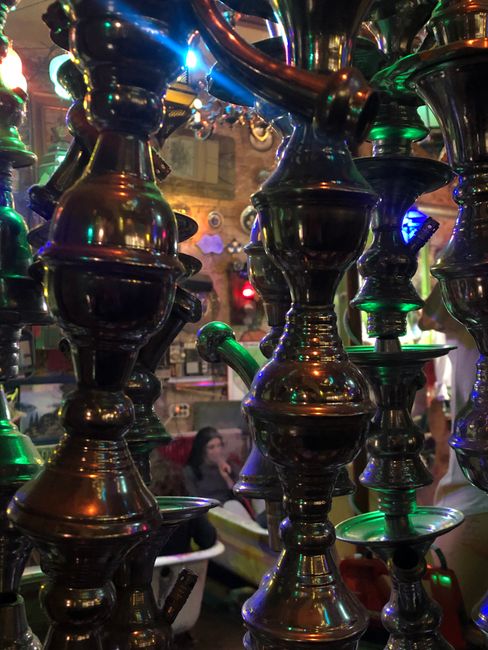

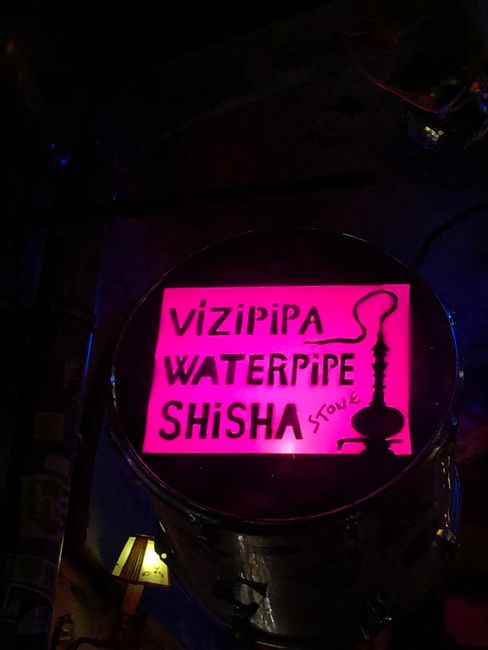
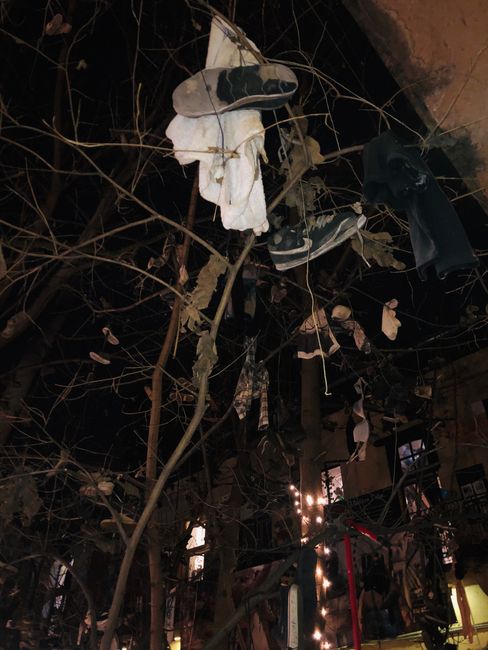
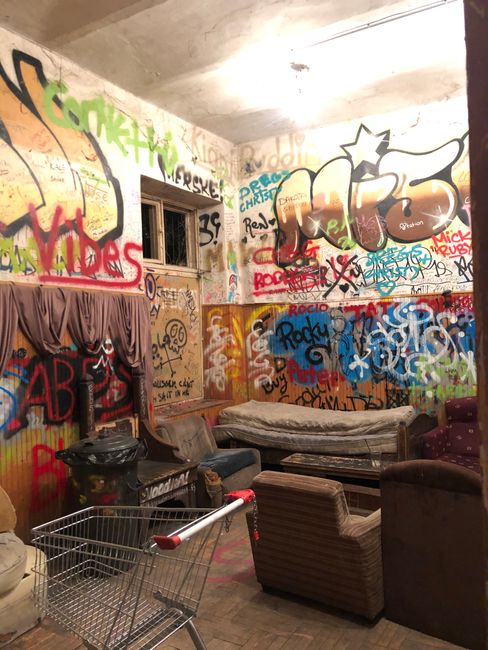
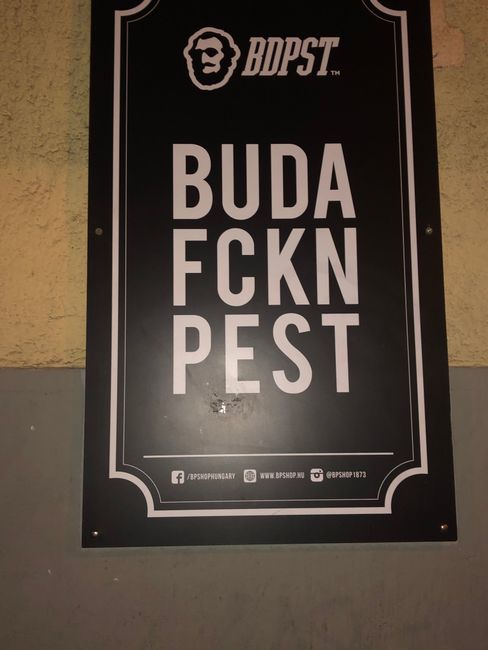

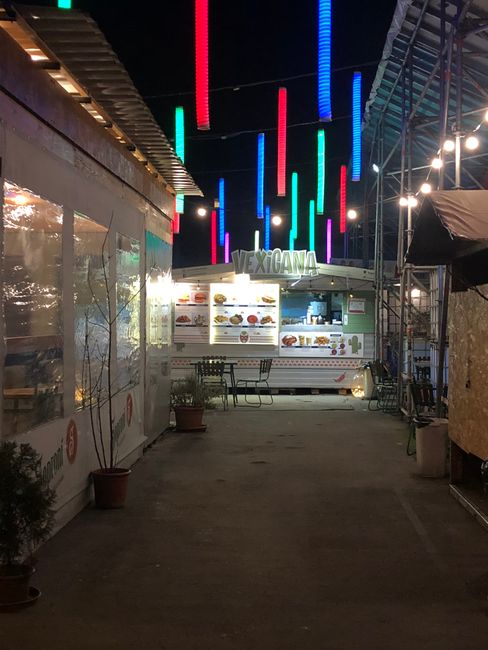
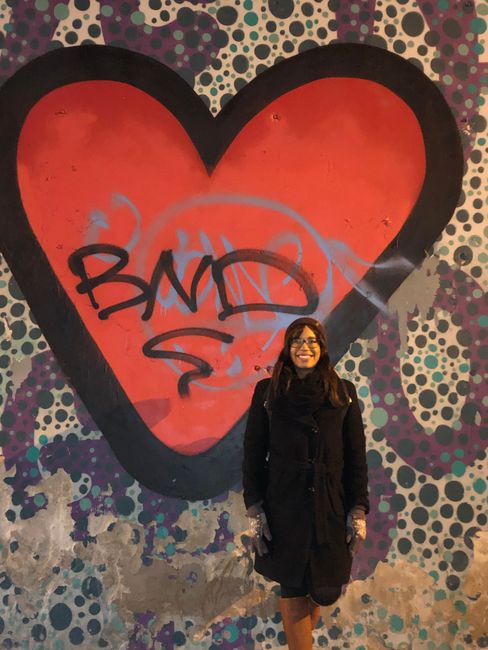
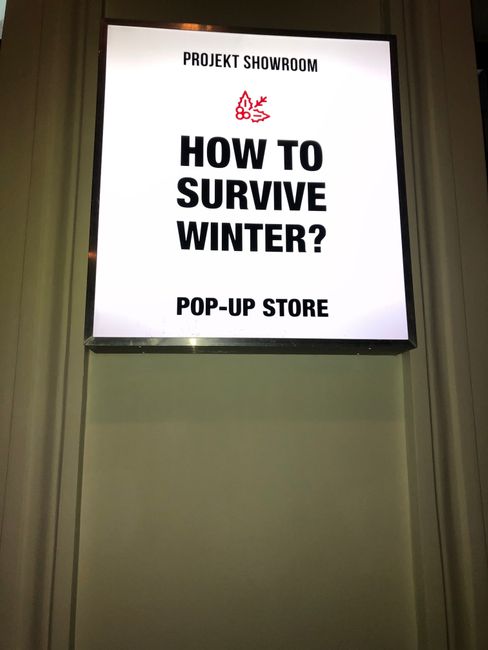
Kau inoa i ka Nupepa
Following a spontaneous inspiration - and thanks to the navigation skills of the mother - the first stop is the museum. The Budapest Museum of Fine Arts is one of the most important museums in Europe. The diversity, historical continuity, and large number of artworks guarantee a good place among the others. This museum houses the monuments of universal art from ancient times to the present day. The current temporary exhibition showcases the golden age of Flemish painting through the art of Peter Paul Rubens, the most important master of Baroque painting in Europe and his contemporaries. Its main goal is to highlight Rubens' genius and the influence of his art in his time, as well as the diverse, stylistically and thematically rich Flemish painting of the 17th century. The exhibition, titled "Rubens, Van Dyck and the Golden Age of Flemish Painting", opened at the end of October and will remain open until mid-February. An interesting fact: some of Rubens' paintings were censored by Facebook. Anyway, it was very appealing, and I feel super smart after the visit 🤗 even though we initially moved at a slow pace because there was always a group of nuns in front of us, who had to have every picture explained to them.
Next, we hope to gain further knowledge about national and international flora and fauna by visiting the Budapest Zoo. Right next to the museum is one of the oldest zoos in the world. As always, I struggle with myself because I don't like animals in captivity, but it happens anyway, and we end up at the zoo. It is a huge complex, incredibly intricate, and houses animals from all over the world. The centerpiece - and one of the new buildings - is the magic Mountain, which explains interesting facts about human history and the connection between humans and animals. However, and this is a big drawback of the zoo, many signs are only in Hungarian 🥴. Dumb. Almost as dumb as it must feel to be a zookeeper who tries for ages to lure her rhinoceros in from the outside into the house. In vain. The rhino lady does whatever she wants and all the keepers stand there looking silly😊.
It's cold, the sun will be gone soon, and as we wander through the Jewish Quarter with its dark alleys, it doesn't get any warmer, but first we have a meal at the Hummusbar. Like yesterday at the Japanese restaurant, it takes us ages to understand the system, but unlike yesterday, we are more than full afterwards.
The Jewish community in Budapest is now one of the most active communities in Europe. In the 19th century, the Jews made a significant contribution to the cultural and economic development of Hungary and Budapest. However, it was not until around 1900 that they were granted all civil rights and the free practice of their religion. They mainly lived in the seventh district, the Elizabeth Quarter, which became the ghetto during the Third Reich. Today, life has returned to the Jewish Quarter. But many of the old buildings have been empty since the end of the war. They are deteriorating more and more until new life is breathed into the ruins in the early 2000s. Szimpla Kert was the first ruin bar in Budapest, opened in 2002 in a historic building that housed apartments and a factory. Today, it is a popular place with a unique underground atmosphere, concerts, and outdoor film screenings. Szimpla Kert is large, labyrinthine, dark, colorful, and loud. We feel like Alice in Wonderland on drugs. But it's great, different. The courtyards of the hostels are also different. In other words, extremely unusual. Some are so hip and soooo rundown that you can just watch the herpes sores grow by looking at them.... but we feel comfortable in impressive Budapest!
Kau inoa i ka Nupepa
Pane

